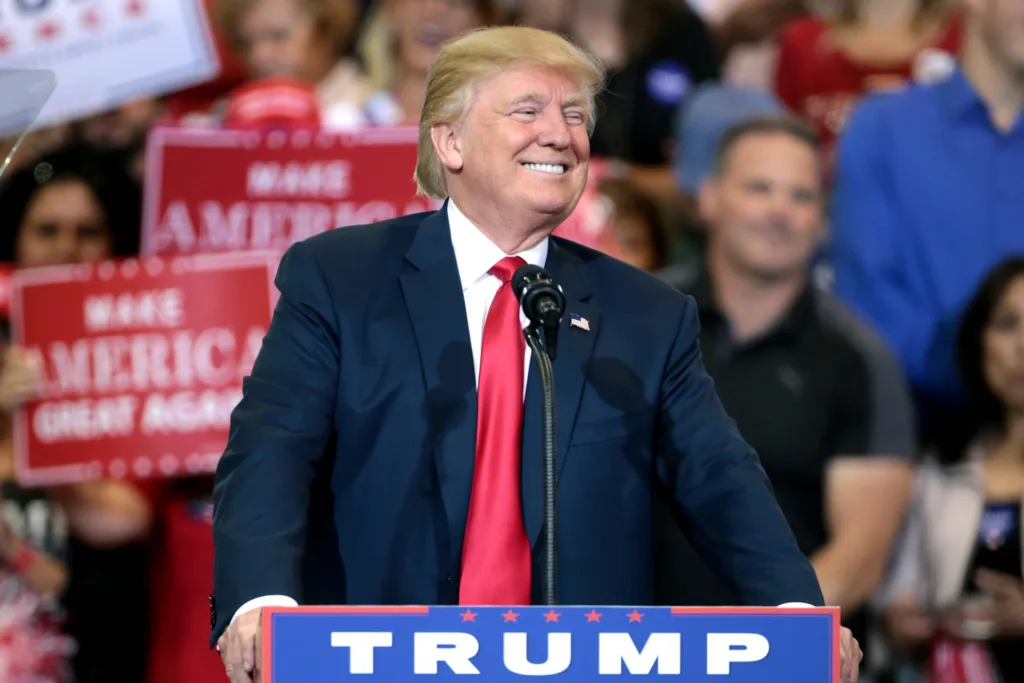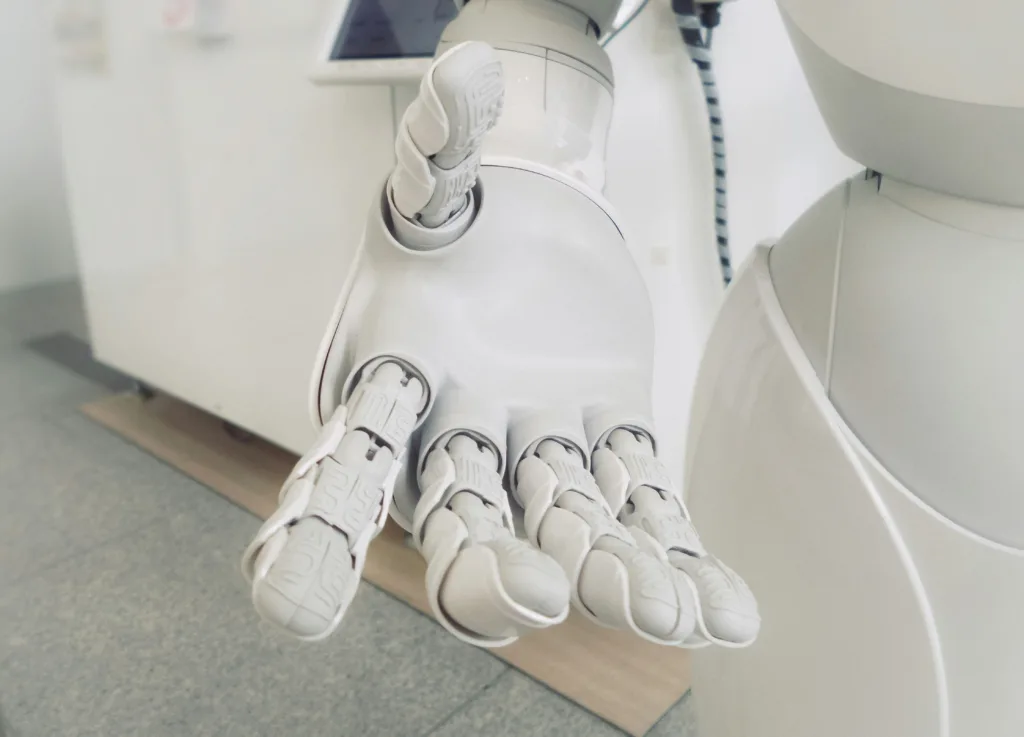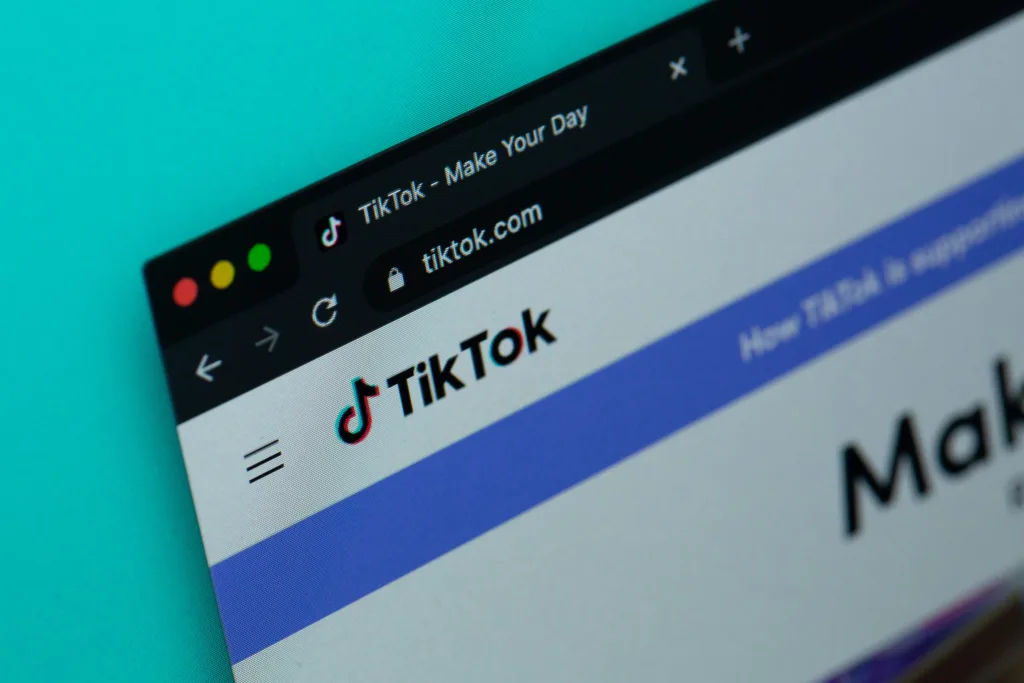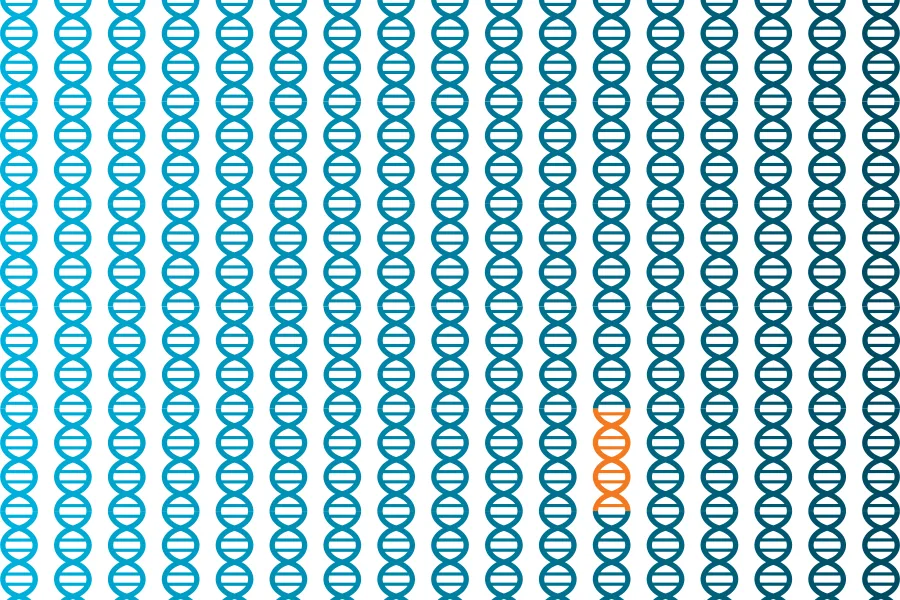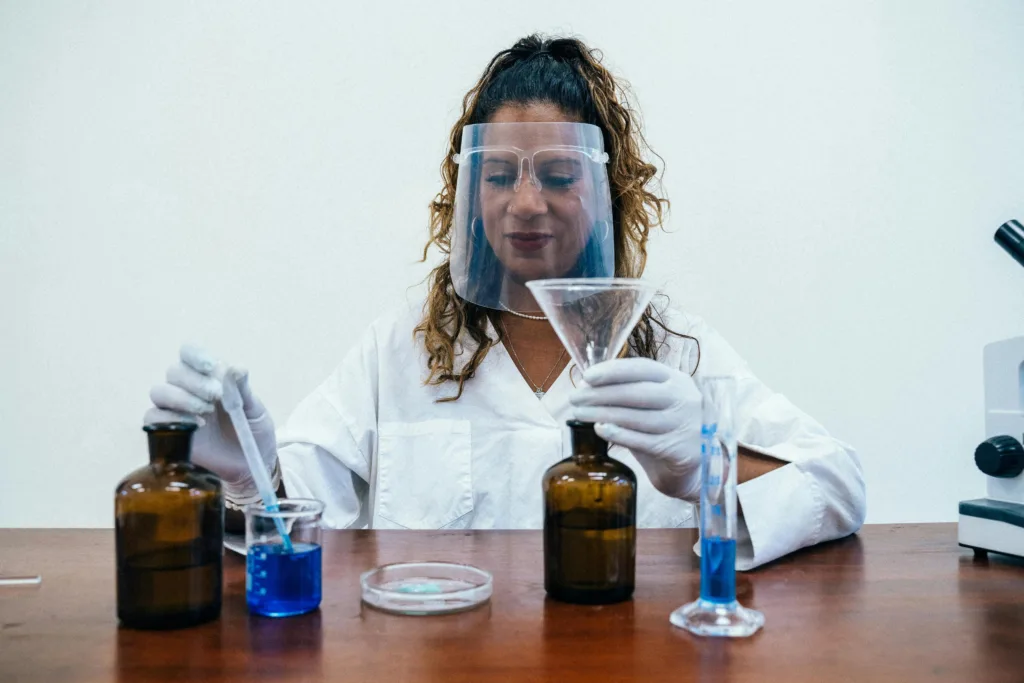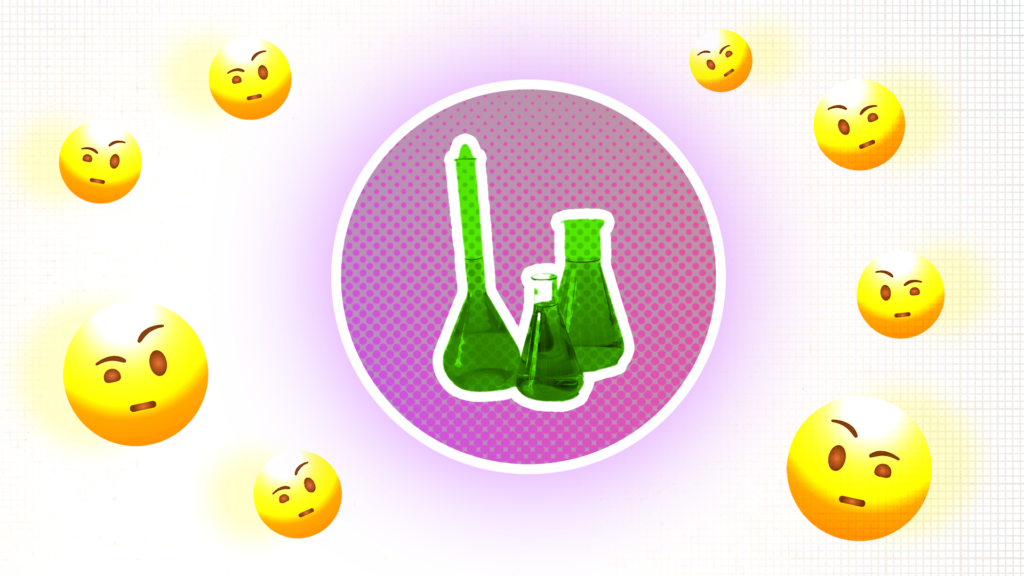Some of Australia's top scientific thinkers share their ideas on the tactics required to defeat misinformation and conspiracy theories around science.
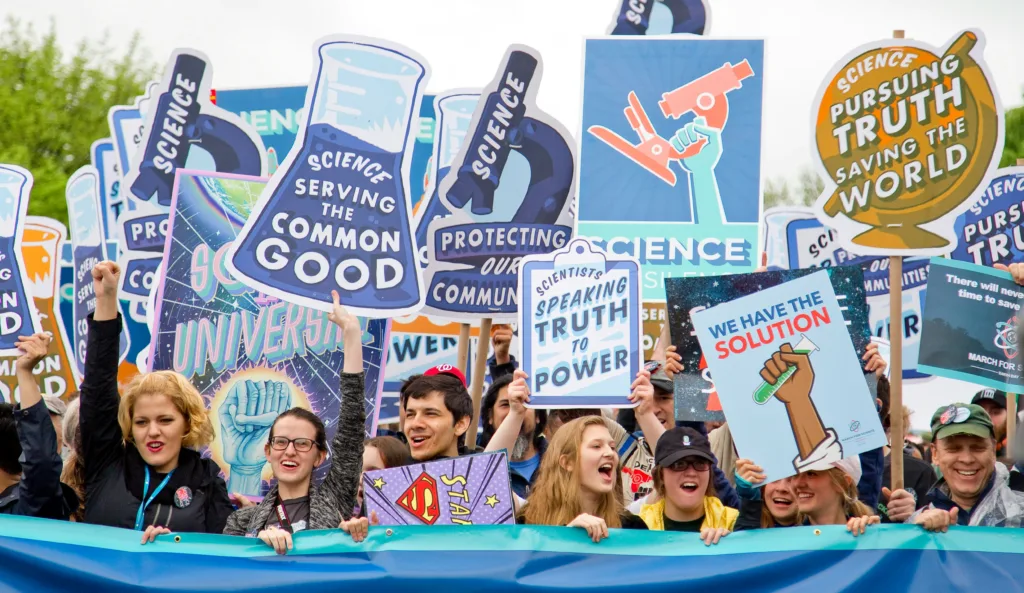 In an age of online misinformation, building confidence in the scientific process is crucial. : Unsplash: Vlad Tchompalov Free to use
In an age of online misinformation, building confidence in the scientific process is crucial. : Unsplash: Vlad Tchompalov Free to use
Some of Australia’s top scientific thinkers share their ideas on the tactics required to defeat misinformation and conspiracy theories around science.
Science has a seminal role in tackling many of the world’s key challenges. But in an age of online misinformation, building confidence in the scientific process is crucial.
As part of 360info’s special report into Trust in Science, a collaboration with CSIRO, we asked eight scientists — including some of Australia’s most eminent — how the scientific community can protect against eroding trust in science.
Here’s what they said.
Science needs great storytellers
To restore trust in science, we need great storytellers, writes Nobel Laureate Peter Doherty.
Society is experiencing a polarising division around “inconvenient” forms of science including climate science. In the post-Trump era, politicians who use science as a political football have supercharged this problem: we now find ourselves in an age of “compulsive lying in politics,” says Professor Doherty.
Of course, scientists can try to change minds by encouraging intellectual enquiry and a respect for evidence. But those tools alone won’t be enough for scientists to win the war against misinformation, Professor Doherty writes.
For that, they must engage more broadly, he says — engaging “the heartland by, in effect, recruiting great story tellers to the cause.”
Scientists must get better at ‘lifting the bonnet’
It’s crucial the public understands how science differs from religion, opinion, or politics, writes CSIRO chief executive Doug Hilton.
But to meet that challenge, scientists must get better at “lifting the bonnet” on science and showing the community how the engine works. That includes continuing to foster public understanding of the scientific process, as well as helping the public understand how knowledge is built systematically over time.
“We need to demonstrate how conclusions are often reviewed and revised, especially as new data comes to hand and evidence builds so it’s the rigour and transparency in a process built around documenting, testing, contesting, and reviewing that underpins trust in science,” Hilton writes.
Correcting social media misinformation should avoid shaming
Misinformation is rife on social media, including in the health and wellbeing space.
But some experts have successfully fostered intimacy and trust with their audience on social media — by using humour, and debunking misinformation in a shame-free and supportive way, write Clare Southerton of La Trobe University and Marianne Clark of UNSW/Acadia University.
In their article for 360info, Southerton and Clark give the example of a group of obstetrician-gynaecologists on TikTok who drew on their specialist expertise and qualifications to demonstrate their legitimacy in tandem with strategies that attempted to break down the formalities usually established in medical practice.
“Rather than focusing only on removing misinformation from the platform, they used this content to create a productive dialogue with their audiences,” Southerton and Clark explain.
Primary education could build skillsets
Countering misinformation about science may also involve the education system, writes Professor Geoffrey Dobson of James Cook University.
He suggests baking scepticism and other relevant skill sets into mainstream education, starting from the beginning of primary school.
Education from preschool to Year 12 could include age-appropriate exercises on conspiracies commonly discussed on social media, ranging from vaccination scare tactics, to climate denialism, to flat Earth theory, to claims the moon landing was a hoax, suggests Professor Dobson.
AI is useful to scientists, but must be handled with care
With greater public knowledge about Artificial Intelligence (AI) will come greater public scrutiny of how these technologies are being used by scientists.
While modern AI systems are impressively powerful, they also have drawbacks: Generative AI systems are susceptible to ‘hallucinations’ where they make up facts, for example, and they can be biased.
That doesn’t mean general AI isn’t useful for scientists, but it needs to be used with care, say Dr Jon Whittle and Dr Stefan Harrer, from CSIRO’s Data61, Australia’s national centre for R&D in data science and digital technologies.
Only if researchers responsibly design, build, and use the next generation of AI tools in support of the scientific method will the public’s trust in both AI and science be gained and maintained, they write.
Visual communication plays a role in building trust
Finally, principles of graphic design can be harnessed to help build trust in scientific communication.
Lessons from the world of graphic design give some clues as to how the field of science can build trust: By shifting the focus from individual scientists to the recognisable institutions behind them, for example, writes Dr Rebecca Green of UNSW.


